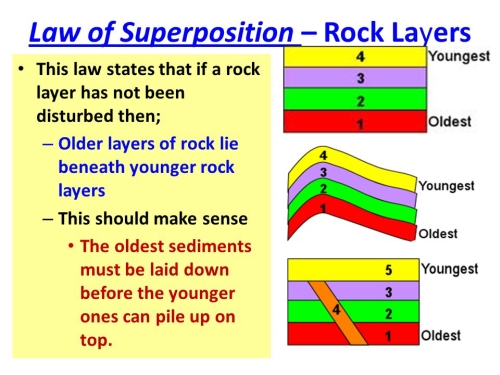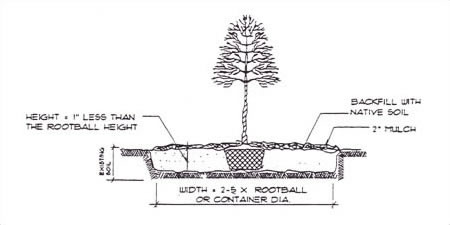

Until recently, the “how do we solve global warming” conversation focused almost exclusively on the need to reduce greenhouse gas emissions. How no-till farming fits into the bigger climate solution But it’s one of the many important practices that move us toward a regenerative agriculture model that is better for human health and the environment. Organic no-till farming on its own isn’t an all-cure solution to the world’s soil crisis. These methods include cover crops, crop rotation, free-range livestock and tractor implements such as the roller crimper, which farmers can use to lay down a weed-suppressing mat that can be planted through in one pass. Organic no-till farming uses a variety of methods to manage weeds and reduce or eliminate tillage without resorting to the use of chemical herbicides. The amount of herbicides used in this approach is even higher than the amount used in tillage-based farming, which causes a threat to the environment and human health. In conventional no-till farming, farmers use herbicides to manage the weeds before and after sowing the seeds. To clear up this confusion, it’s important to understand that there are two types of no-till farming: conventional and organic. One of the common misconceptions about no-till farming is that farmers can use this practice only if they grow genetically engineered (GMO) crops, which require the use of herbicides. According to a report published in Scientific America, this decreases the fuel expense by 50 to 80 percent and the labor by 30 to 50 percent. No-till removes the step of tilling the soil and therefore saves the farmer time and money. Conventional tillage practices require the farmer to make several passes over the field, first tilling the soil and then returning to plant seeds. Modern no-till tractor implements allow farmers to sow seeds faster and cheaper than if they tilled their fields. But what’s in it for the farmer? Remember, tilling became popular because it meant farmers could plant more seeds, faster. It’s clear that adopting no-till practices is good for the soil.

As soil organic matter improves, so does the soil’s internal structure-increasing the soil’s capacity to grow more nutrient-dense crops. A healthy soil biome is important for nutrient cycling and suppressing plant diseases. When soil is left undisturbed, beneficial soil organisms can establish their communities and feed off of the soil’s organic matter. Soil microorganisms, fungi and bacteria, critical to soil health, also benefit from no-till practices. No-till practices also slow evaporation, which not only means better absorption of rainwater, but it also increases irrigation efficiency, ultimately leading to higher yields, especially during hot and dry weather. Improved soil structure and soil cover increase the soil’s ability to absorb and infiltrate water, which in turn reduces soil erosion and runoff and prevents pollution from entering nearby water sources. No-till practices allow the soil structure to stay intact and also protect the soil by leaving crop residue on the soil surface. The long-term use of deep tillage can convert healthy soil into a lifeless growing medium dependent on chemical inputs for productivity.įrom a soil perspective, the benefits of no-till farming far outnumber those of tillage-based systems. Tilling also displaces and/or kills off the millions of microbes and insects that form healthy soil biology. When the soil is disturbed by tilling, its structure becomes less able to absorb and infiltrate water and nutrients. Think of it this way: Undisturbed soil resembles a sponge, held together by an intricate structure of different soil particles and channels created by roots and soil organisms. Bare soil, especially soil that is deficient in rich organic matter, is more likely to be eroded by wind and water. Tillage loosens and removes any plant matter covering the soil, leaving it bare. Sounds like a good thing, right? Unfortunately, in the long run, tilling does more harm than good. This practice works surface crop residues, animal manure and weeds deep into the field, blending it into the soil. Tilling involves turning over the first 6 – 10 inches of soil before planting new crops. Farmers adopted the method because it allowed them to plant more seeds while expending less effort. But as plow designs and production methods improved during Europe’s Agricultural Revolution in the 18th and early 19th centuries, tilling became increasingly popular. It was used as far back as 10,000 years ago.

The invention of the plow-progress or problem? This form of no till farming provides good protection for the soil from erosion and helps retain moisture for the new crop. Young soybean plants thrive in the resiue of a wheat crop.


 0 kommentar(er)
0 kommentar(er)
